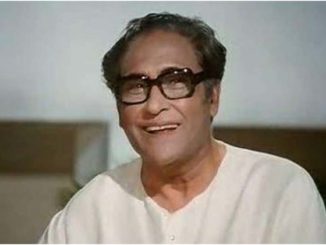
KATHMANDU (TIP): Charles Douglas-Hamilton could feel the goosebumps as the Jetstream 41 aircraft approached the world’s tallest mountain. Exactly 80 years ago, his grandfather, Douglas Douglas- Hamilton had created history when he flew over Mt Everest along with fellow Scotsman David McIntyre in two open cockpit bi-planes fitted with a wooden propeller. They became the first people to fly over the iconic mountain. On Wednesday, Charles, a London-based geologist, relived what his grandfather and his companion might have felt like when he took a ride on the Jetstream 41 aircraft made by the same Scottish aviation company the two pioneers subsequently set up.
Recalling the epic journey made on April 3, 1933, Charles, who has come to Nepal for the first time, says that the risks faced by the duo back then were great since there were high winds blowing and lack of oxygen “On top of that, theirs was a single engine aircraft. Plus, they had to have the right kind of fuel that would not freeze at such heights.” The flight over Everest, made 30 years after the Wright Brothers took to the skies, was the last frontier in aviation since planes had flown over the north and the south poles and across the Atlantic. All these records had been set by the Americans. Now, the British wanted to claim a piece of aviation history.
Their chance came in 1933 when Douglas-Hamilton and McIntyre set up a scientific expedition to photograph the southern slopes of Everest. These pictures were later used by Edmund Hillary and Tenzing Norgay who became the first persons to climb Everest in 1953. Today tens of thousands take the commercial flights from Kathmandu to view Everest and back. But the tourists still do not do what the two Scotsmen achieved — flying over Everest since that would mean entering Chinese airspace.





Be the first to comment